Today’s (4/15/11) AGL Bulletin carries a buried-lead story about Sprint’s deployment of new, flexible base stations that are multi-modal, multi-band, and potentially multi-user.
Faced with Data Surge, Carriers to ‘Feed the Beast’ with Base Station Innovation
Noting the importance of scale, spectrum and innovation, representatives of Sprint Nextel and Clearwire discussed how the growth of wireless data traffic must result in the complete modernization of cell site equipment on a panel on March 22 in Orlando, Fla. They spoke at the Raymond James Breakfast, which was moderated by Ric Prentiss, managing director at Raymond James & Associates.
“We must keep feeding the beast, or we are just going to turn our customers away. We must innovate around the cost. Technology allows it,” said Iyad Tarazi, vice president, network development and engineering, Sprint Nextel. The carrier expects 10x growth every three years for the foreseeable future.
The challenge for Sprint Nextel is to keep up with the pace in a cost-effective manner. To do so the carrier has unveiled Network Vision, which is a blueprint for enhancing data speeds by consolidating multiple network technologies into one, seamless network.
Today, Sprint uses separate equipment to deploy services at 800 MHz, 1.9 GHz and, through Clearwire, 2.5 GHz. The Network Vision concept features the use of software to bring together multiple spectrum bands on a single, multimode base station.
“The technologies that we are deploying in the Network Vision project allow us to modernize our cell sites in a way that gives us a lot of flexibility with the types of technologies we put on it,” Tarazi said. “In the future, with the Network Vision project, we will build spectrum at 40 megahertz to 60 megahertz at a time, and we will build it once.”
The Network Vision project will play a role in increased network sharing, according to John Saw, chief technology officer, Clearwire, which has been sharing networks for some time with Sprint Nextel on a limited basis at sites. Saw envisions much more sharing in the future because of the benefits in cost, time, speed and flexibility.
“One of the things we are excited about, looking at network sharing, is that you actually get to leverage all of these capabilities for customers,” Saw said. “That buys us time. That buys us some cost savings with the leases and some of the common services that we share with Sprint. The Network Vision project brings network sharing to a whole new plateau.”
Network sharing, according to Saw, means virtually all of the physical components of the base station can be used by multiple carriers, including the radio, the backhaul, the access equipment, the utilities and other services.
“The key difference with network sharing is being able to share the radio at the network level. In the past, it was mostly cell site sharing. If we are able to share the same floor space, the same common equipment, the same switching, the same backhaul, potentially even the same radio where you can run multiple technologies, that’s what we’re talking about,” Saw said.
In interview with AGL Bulletin, Ted Abrams, president, Abrams Wireless, reacted to statements made at the session, applauding the move toward network sharing saying network operators will be able to increase overall efficiency of bandwidth and infrastructure through the new technology.
“Multi-modal equipment connected to big backhaul pipes can transport payload from end users through the cloud across retail platforms branded differently,” Abrams said. “Most of the attributes of a wireless network are fungible, readily adapted to exchange on par. Antenna physics and other band-specific requirements continue to require consideration. As infrastructure providers are able to increase the density of sites supporting these new technologies, the rate of broadband deployment can be accelerated.”
As an attorney representing wireless site owners (landlords), the question that instantly comes to my mind is this: As Sprint deploys it’s wireless upgrade, how will ‘electronic collocations’ be accounted for in legacy wireless leases?
Huh?
Go back now and carefully reread the following excerpt from the AGL Bulletin report, above:
The Network Vision project will play a role in increased network sharing, according to John Saw, chief technology officer, Clearwire, which has been sharing networks for some time with Sprint Nextel on a limited basis at sites. Saw envisions much more sharing in the future because of the benefits in cost, time, speed and flexibility.
“One of the things we are excited about, looking at network sharing, is that you actually get to leverage all of these capabilities for customers,” Saw said. “That buys us time. That buys us some cost savings with the leases and some of the common services that we share with Sprint. The Network Vision project brings network sharing to a whole new plateau.”
Network sharing, according to Saw, means virtually all of the physical components of the base station can be used by multiple carriers, including the radio, the backhaul, the access equipment, the utilities and other services.
“The key difference with network sharing is being able to share the radio at the network level. In the past, it was mostly cell site sharing. If we are able to share the same floor space, the same common equipment, the same switching, the same backhaul, potentially even the same radio where you can run multiple technologies, that’s what we’re talking about,” Saw said.
Okay, back to reality for landlords.
Historically, savvy landlords have received incremental income from collocations and their tenants sublease to other wireless providers.
In Sprint’s future world of electronic collocation, site landlords won’t know when Sprint has subleased a portion of the use of the site to another company. Legacy leases don’t usually specify that collocation must be ‘physical’ in nature, so those same savvy landlords (and I assure you, their attorneys, including yours truly) are likely to reasonably take the position that that if Sprint has subleased the electronic use of a wireless site to another, then that revenue should be shared with the site landlord pursuant to the existing lease agreement.
Landlords and their attorneys should be on the lookout for proposed lease amendments for legacy sites and sublease terms in new leases that might try to draft around this $$multimillion dollar issue$$.





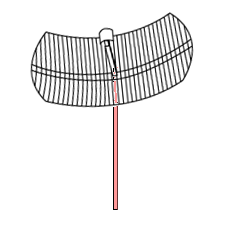 AT&T is filing applications with local governments to modify existing cell sites to add a wire frame parabolic antenna at some of its sites. The application also shows the addition of signal splitters (or combiners) and multiple power amplifiers. In the applications that I’ve seen so far, there’s no mention as to the service that is being provided by (or is it to) this new antenna.
AT&T is filing applications with local governments to modify existing cell sites to add a wire frame parabolic antenna at some of its sites. The application also shows the addition of signal splitters (or combiners) and multiple power amplifiers. In the applications that I’ve seen so far, there’s no mention as to the service that is being provided by (or is it to) this new antenna.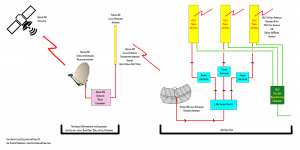
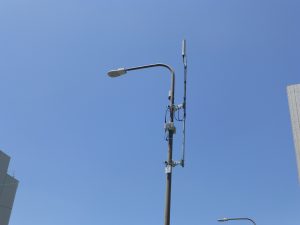
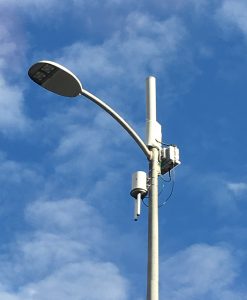
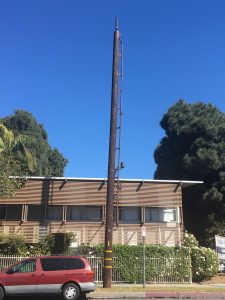
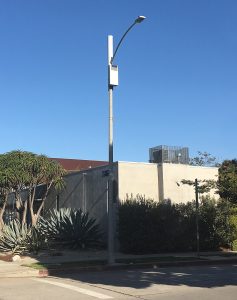
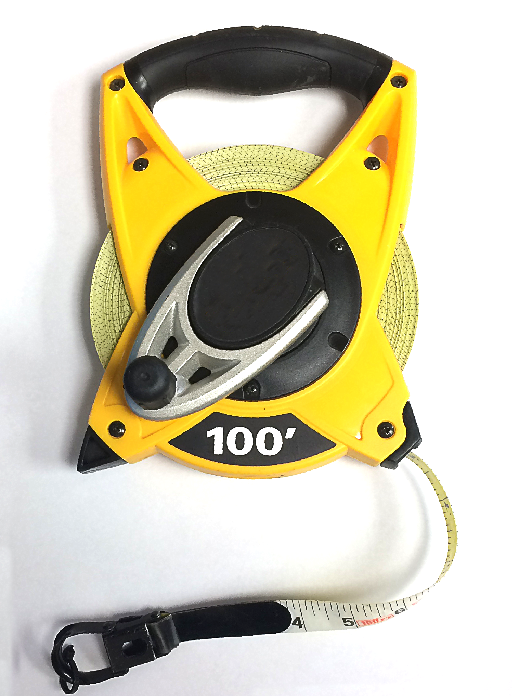
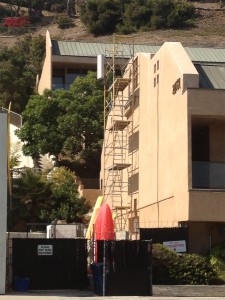
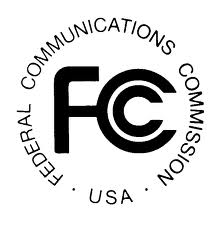
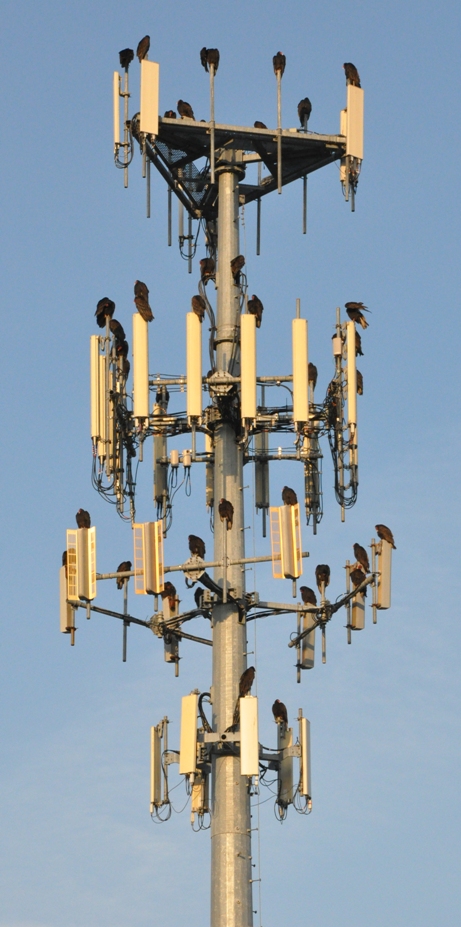
 March 3, 2011: 2 hour live teleconference
March 3, 2011: 2 hour live teleconference